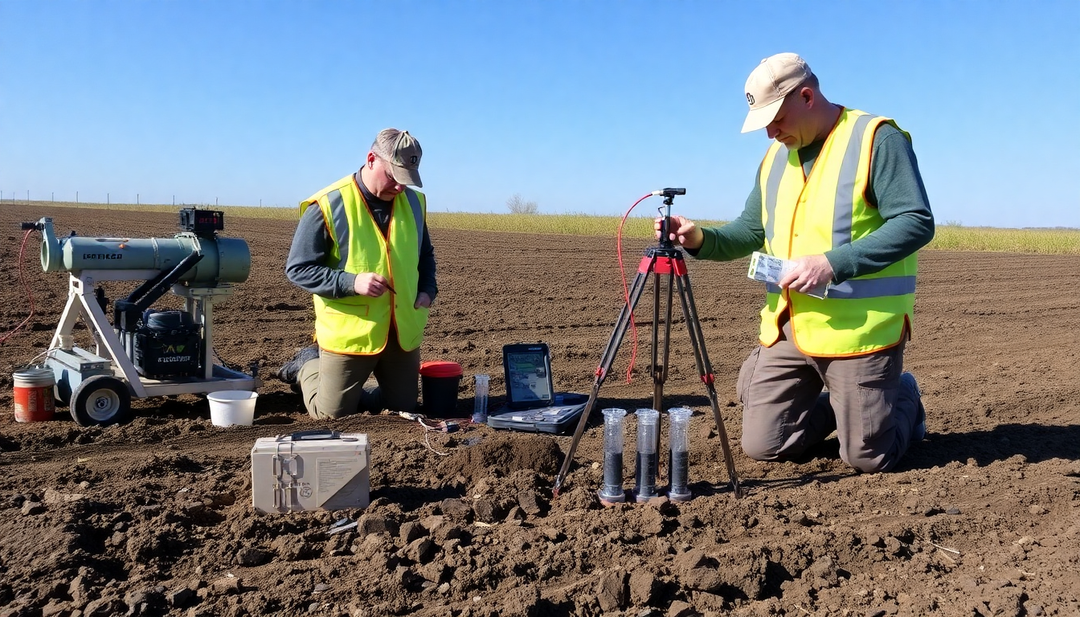Soil granulometry: definition, analysis and applications

What is soil particle size?
Soil granulometry refers to the study of the size and distribution of particles making up a soil. Indeed, granulometric analysis allows us to know the proportions of sand, silt and clay in a soil sample. Thus, this study is important for understanding the physical properties of the soil, because they directly influence its fertility and stability.
Why is soil particle size analysis important?
Soil granulometric analysis plays an important role in many areas:
-
Agriculture : A good knowledge of granulometry allows for the optimization of cultivation practices.
-
Construction : Soil stability determines the resistance of buildings and infrastructure.
-
Environment : Soil texture affects water retention and the spread of pollutants.
-
Water management : Permeability depends strongly on the granulometry of the soil.
The main methods of granulometric analysis
There are several techniques for determining soil grain size. The choice of method depends on the desired accuracy and the resources available.
1. Sieving
Sieving involves passing a sample of dry soil through sieves of decreasing mesh sizes. This method allows us to determine the distribution of coarse particles (sand and gravel). It is also simple and inexpensive; however, it does not allow us to analyze fine particles. This is why the latter is used in our garden soil analyses .
2. Sedimentation
Based on Stokes' law, this technique measures the rate of settling of residues in a liquid. It thus makes it possible to accurately assess the proportion of clay and silt.
3. Laser granulometry
Laser diffraction is an advanced method that also allows for precise and rapid analysis. It measures the scattering of light by suspended particles.
4. Image analysis
Digital image analysis allows for observation of particle shape and size. Moreover, this technology provides information that complements conventional methods.
Interpretation of results: the texture triangle
The results of soil granulometric analysis are often represented in the form of a triangular diagram. Indeed, the texture triangle classifies soils according to their proportions of sand, silt, and clay. This classification is all the more essential because it allows us to anticipate the behavior of the soil in the face of environmental factors.
Conclusion: an analysis of soil granulometry is essential
Soil particle size influences many aspects of agriculture, construction, and the environment. Therefore, conducting an accurate particle size analysis allows for the adoption of appropriate strategies for sustainable soil management. Furthermore, engaging experts and utilizing advanced technologies ensures reliable and usable results.
The Pouryère blog is also:
- Soluble Fractions and Sulfates in Soils: Origin, Environmental, Agricultural and Health Impacts
- Urban parks: health issues and contribution to well-being in 2025
Our solutions:



